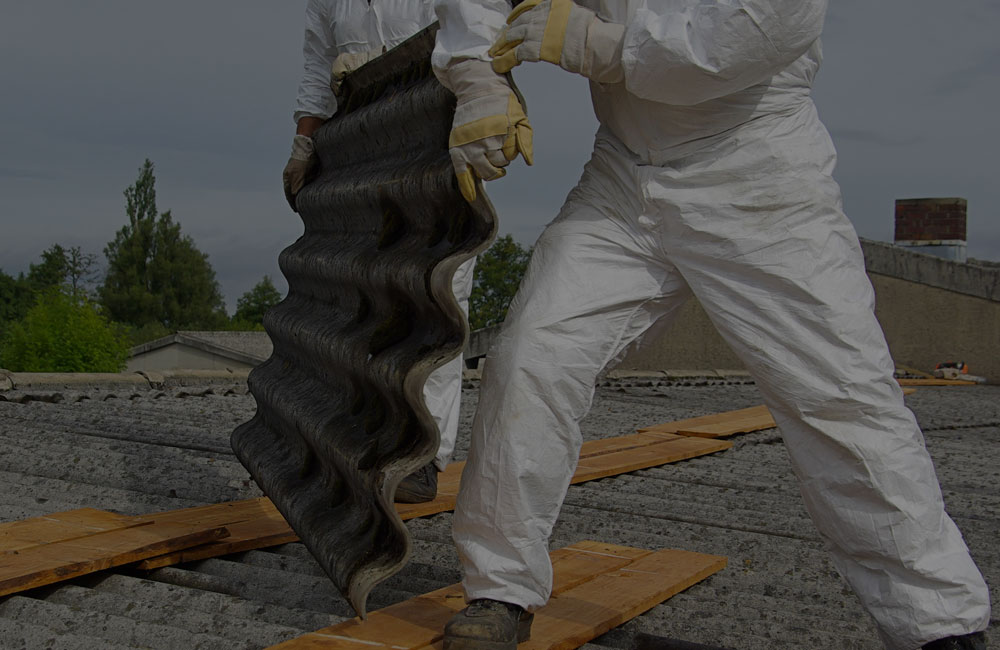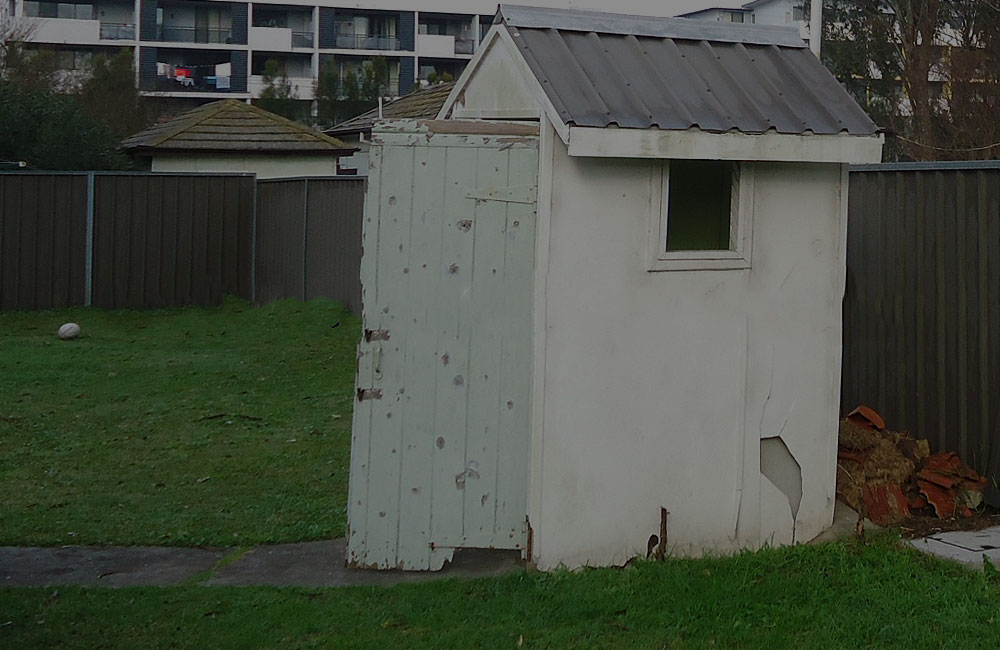
What Is Friable Asbestos?
30 Years Experience
Understanding and Managing Friable Asbestos
Asbestos, praised historically for its durability and heat-resistant properties, has garnered international condemnation upon the revelation of its severe, life-threatening health implications. Asbestos-containing materials (ACMs) can be largely segregated into two principal categories: friable and non-friable, with each presenting their own challenges in terms of management and removal.
Defining Friable Asbestos
Friable asbestos refers to any asbestos-containing materials that can be easily crumbled, pulverized, or reduced to powder by hand pressure when dry. This category of asbestos is particularly hazardous due to its capacity to release toxic fibres into the air with minimal disturbance.
Common Materials Containing Friable Asbestos
- Sprayed-on insulation or fireproofing
- Asbestos cloth and tapes
- Insulation around HVAC ducts, boilers, and pipes
- Ceiling tiles
- Certain types of linoleum and plaster
Why Friable Asbestos is Particularly Dangerous
The inherent danger of friable asbestos lies in its ease of disturbance and the resultant liberation of fibres into the ambient environment. Unlike non-friable asbestos, which contains fibres tightly bound within a matrix, friable asbestos provides little to no barrier to fibre release.
Legal and Safe Management
Given its potential to jeopardise human health, the management, and abatement of friable asbestos are stringently regulated across numerous jurisdictions. Legal frameworks generally necessitate that any demolition or refurbishment activities in buildings erected pre-asbestos-ban are preceded by a comprehensive asbestos survey.
Management Strategies
- Identification and comprehensive record-keeping
- Regular condition assessments
- Controlled and compliant removal or encapsulation
- Strict adherence to disposal guidelines
Handling and Removal
Handling and removal of friable asbestos demand meticulous attention to detail, ensuring the minimisation of fiber release. Employing negative air pressure units, plastic sheeting to seal off the work area, and utilising specialised filtration systems are all commonplace during abatement to safeguard against contamination of adjacent areas.
Educating Occupants and Workers
Awareness and education remain pivotal in managing friable asbestos effectively. Building occupants, maintenance staff, and contractors should be adequately informed of the locations and conditions of ACMs, ensuring that inadvertent disturbances and consequent exposures are avoided.
Navigating the challenges posed by friable asbestos requires an amalgamation of comprehensive knowledge, procedural adherence, and cautious execution. While its legacy continues to linger within our built environments, understanding its characteristics, potential locations, and safe management strategies are instrumental in mitigating the risks associated with this perilous substance.
Call 0407 050 694 today for an obligation free discussion about how we can help you with your asbestos problems or asbestos removal.




